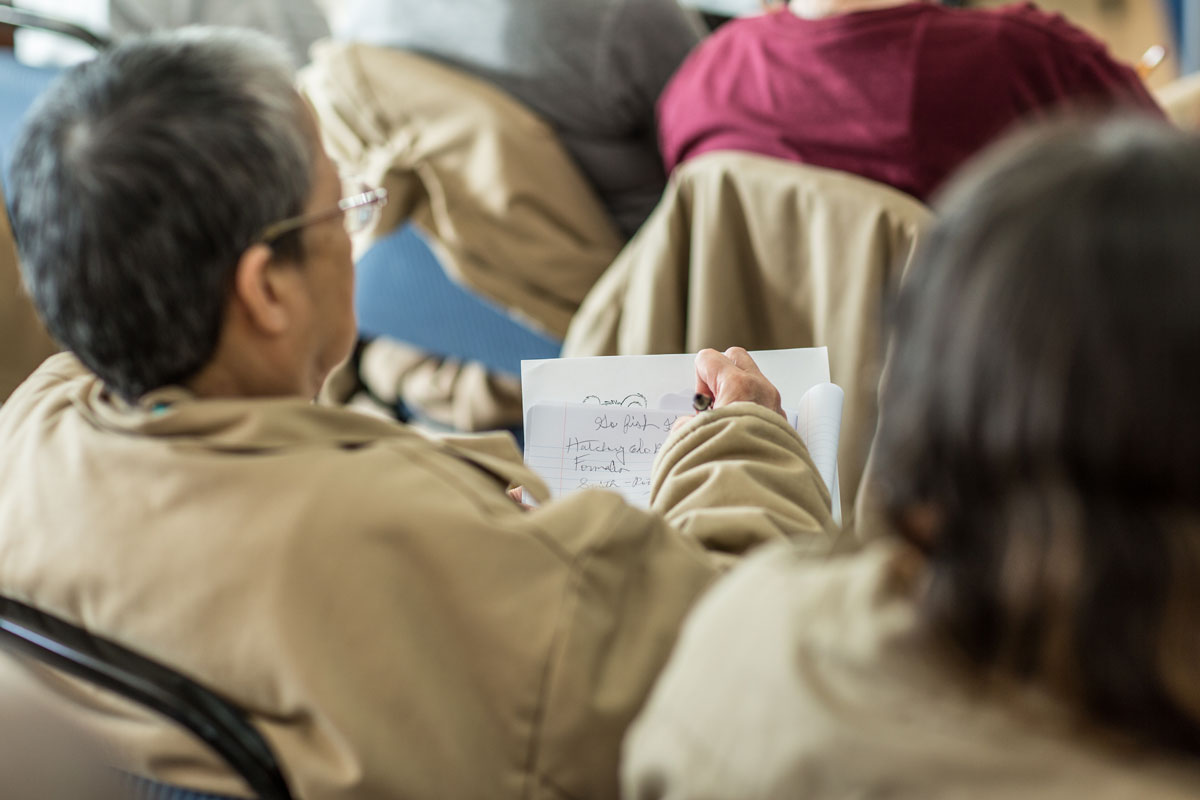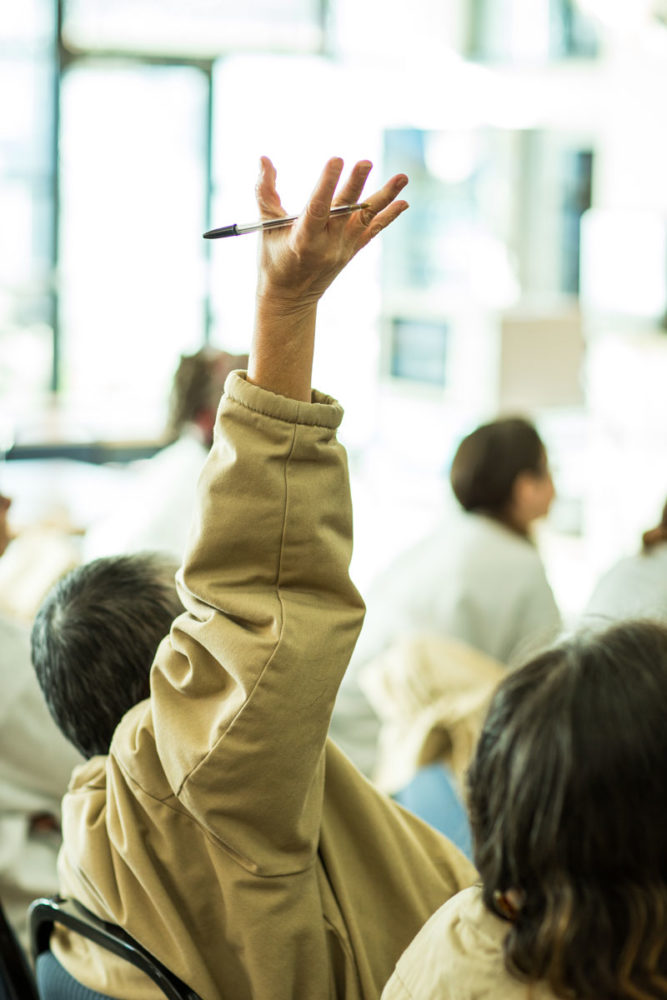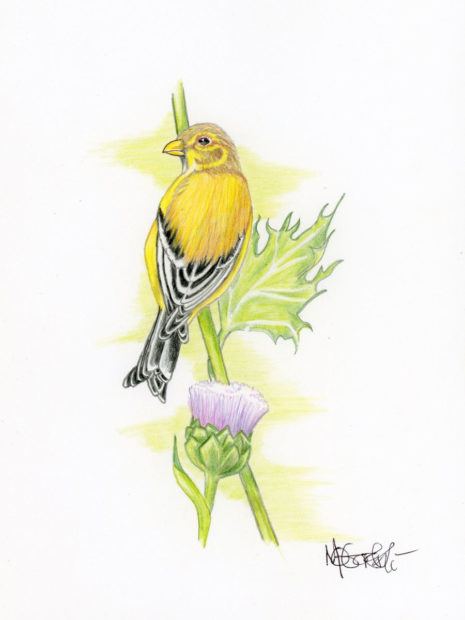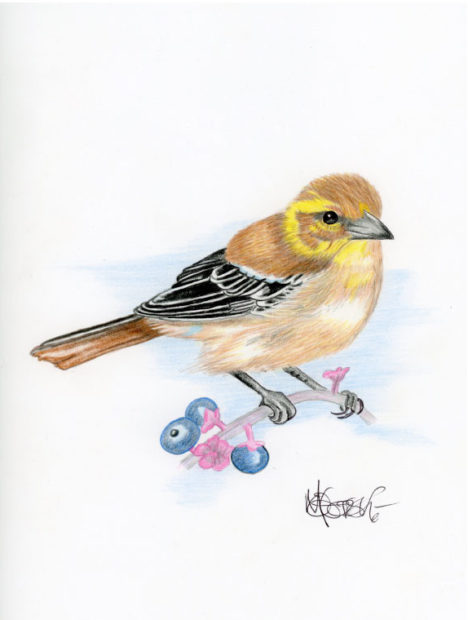By Joslyn Rose Trivett, SPP Education and Outreach Manager & Erin Lynam, SPP Environmental Workshop Series Coordinator
This past December, the workshop series brought salmon to Washington Corrections Center for Women (WCCW). Long Live the Kings has been devoted to restoring wild salmon and steelhead in the Pacific Northwest for more than three decades. Executive Director Jacques White shared his passion for wild salmon, and discussed ways to be part of bringing home a keystone species. For those who are unable to see the salmon first-hand, it’s all the more important to bring them to the classroom. For 90 minutes, all attending could immerse themselves in science and action for the sake of our region’s most beautiful and iconic fish.

Jacques shared excellent underwater footage of wild salmon. Photo by Ricky Osborne.
Jacques was an engaging, inspiring speaker, and shared many wonders and the mysteries of salmon. A huge mystery is why Chinook and coho salmon and steelhead populations in the Salish Sea have declined so drastically in recent years. A new partnership between Long Live the Kings and Canada’s Pacific Salmon Foundation will conduct research throughout the Salish Sea; the effort is called the Salish Sea Marine Survival Project and brings together an international team of scientists from dozens of organizations to assess factors such as temperature increases, loss of food and habitat, and disease. He said that fishing is not a big threat to salmon; the problem has to be bigger than that.

Screenshot from Long Live the King’s Survive the Sound webpage.
Most fun was learning about the fundraising campaign, Survive the Sound. Supporters adopt an individual fish (or two, or three…), assign it an avatar, and watch its real-time progress online. Jacques shared video clips from last year’s campaign: one fish was not able to get past the Hood Canal Bridge 🙁 ; a second was stalled by the Bridge, but eventually found successful passage 🙂
Similar to SPP’s aquaponics nursery that grow plants for Oregon spotted frog habitat, Long Live the Kings has talked about starting polyculture nurseries to rear multiple species together for food and to improve water quality and habitat. We might know some folks who could work there…!
More photos from the workshop, thanks to Ricky Osborne photography:

As always, the students had lots of questions and ideas to share. Photo by Ricky Osborne.

From the Kings’ website, Jacques says: “They’re at the heart of our region’s culture, history, and economy. Alongside towering evergreens, snow-capped peaks, and vast expanses of open water, salmon make the northwest The Northwest. “

Rosalina Edmondson attends nearly every SPP workshop. Photo by Ricky Osborne.

Workshop students Samantha Morgan and Lisa Woolsey are also technicians in the SPP Prairie Conservation Nursery at WCCW. Photo by Ricky Osborne.




Long Live the Kings! Photo by Ricky Osborne.


































